If there are hundreds of Workday roles advertised across SEEK and LinkedIn in Australia — why are so many still going unfilled?
Workday is booming across the country. From Telstra to Deakin University, over 600 organisations across Australia and New Zealand now use the platform. But the supply of talent hasn’t kept up with the pace of adoption.
The easy answer is to outsource. And many companies do. But is that the right long-term solution…or just the default?
In our conversations with hiring managers and Workday professionals, we’re hearing a different kind of story: not a shortage of talent, but a shortage of access.
Too many people with the right foundations are being overlooked. Too many companies are waiting for the “perfect candidate” while missing the capable ones right in front of them.
So maybe the question isn’t “Where is the talent?”
Maybe it’s: “Are we looking for the right things?”
The Rise of Workday in Australia: Why Demand Keeps Growing
Workday isn’t a fringe tool anymore. It’s the core system for how many Australian organisations manage their people, payroll, and planning. Since arriving in Australia in 2009, Workday’s presence has steadily grown, especially in education, government, and enterprise sectors.
In 2025 alone, Workday has:
- Launched its Workday Student product across Australia and New Zealand
- Formed a new APAC advisory board to accelerate growth
- Hosted its first-ever Australian customer awards
Major employers like The Salvation Army, Cochlear, and NEXTDC are all part of the ecosystem, and that’s just scratching the surface.
As more organisations implement Workday, the need for internal technical capability is rising. But when those roles are scoped too tightly, demanding specific tool experience from day one, companies end up stuck. And skilled candidates don’t get a look in.
Talent Shortage or Talent Mismatch?
The skills exist. They just don’t always come with a Workday badge.
Many developers already have the foundational knowledge needed for integration roles: Java, XSLT, APIs, XML. But without direct Workday Studio experience, they’re often ruled out.
Even though training materials show Workday Studio can be learned in just 4–6 weeks, job ads keep calling it a must-have.
And here’s what some Workday professionals are saying on Reddit:
- “A lot of companies are looking for experts in one module or another for purely config work rather than someone who could grow with a company.”
- “Roles ask for multiple domain knowledge and not experts. Also hardly any roles for Integration/Extend.”
- “Everyone seems to want HCM, Absence, Comp, Recruiting, Payroll full configuration expertise as an absolute minimum.” (UK-based Workday consultant)
The mismatch is clear: many capable candidates don’t meet job ad checklists, while companies lose time searching for unicorns.
Let’s stop confusing specific tool familiarity with overall capability.
The Cost of Only Hiring ‘Workday-Ready’
Sticking to a rigid hiring brief might feel safe, but it’s expensive.
- Offshore sponsorship and onboarding can cost up to $12,000 per hire
- Roles demanding niche platform experience take 42 days longer to fill on average
- Meanwhile, integration backlogs grow. Projects stall. Teams burn out.
Here’s a scenario we see too often:
- Candidate A has Workday Studio experience but is only available in 3 months and needs relocation support.
- Candidate B has deep Java and ERP experience, can start immediately, and is eager to learn Workday.
Too many organisations default to A…even when B is more cost-effective, more available, and more committed.
Train for Specificity, Hire for Potential
What if you stopped searching for the perfect fit and started building it?
Hiring for capability and upskilling for specificity isn’t a compromise. It’s a strategy.
- Workday certifications can cost $3,000–$5,000, depending on the provider
- According to LinkedIn’s 2023 Workplace Learning Report, organisations that invest in employee development see 32% higher employee retention rates and a 28% increase in employee satisfaction.
Training builds loyalty. Loyalty builds capability. Capability builds resilience.
You don’t just fill the seat. You grow the system.
ThunderLabs Finds the Overlooked
At ThunderLabs, we’ve built a recruitment model around one idea: look beyond the CV.
Here’s how we help our clients find Workday talent:
- We identify transferable skills: ERP, finance systems, integration logic
- We map the market, showing you what’s available, where the gaps are, and where the gold is hiding
- We support flexible scoping, helping you reshape roles to match what’s realistically available
- We work across ERP platforms: Workday, Oracle, SAP, and more
This isn’t about lowering standards. It’s about opening up possibility.
It’s Time to Open the Aperture
Australia doesn’t have a Workday talent shortage.
It has a readiness gap, one that’s widened by inflexible hiring and closed certification pathways. But it can be closed.
- If we start hiring for what can be, not just what has been.
- If we train for specificity instead of waiting for perfection.
- If we look again at the talent that’s already here.
We’ve helped our clients do it. We can help you do it too.
Want to know who’s already 80% Workday-ready in your market?
Let’s map the talent together.


